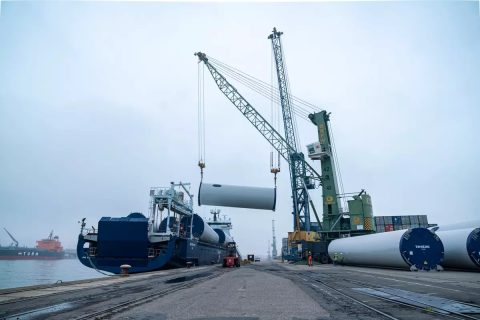
Geopolitical landscape weighs heavy on Port of Antwerp-Bruges’ breakbulk throughput
Photo: Port of Antwerp-Bruges
Quarterly throughput figures at the port of Antwerp-Bruges have come under pressure from the complex geopolitical and macroeconomic context, slipping when compared to the corresponding period in 2022. The merged port noted that general cargo volumes hit 13,227,423 tonnes in the first quarter of the year, 19.8 per cent down on Q1 2022 figures.
Want to read more?
You have read all of your free premium articles for this month. Please become a subscriber to keep reading.
Subscribe now!
Take advantage of our exclusive offer to get full access to all premium content.




